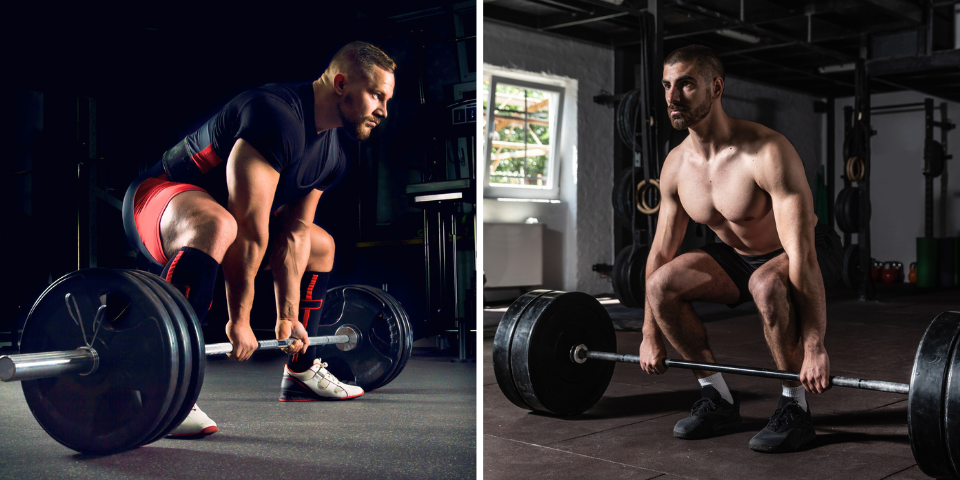By Leo Shveyd, Co-Owner of Advanced Wellness
In this 3-part series, we have reviewed:
Part 1: The Essentials of Good Conditioning
In Part 2, we discuss how to tie fitness goals to your conditioning strategy…
Most fitness goals fall into two main categories (1) improved musculoskeletal system (muscle strength, size, function, mobility, injury reduction) and (2) weight-loss/fat-loss.
Aerobic vs Anaerobic Conditioning
Both anaerobic and aerobic systems can be harnessed to address both of these goals, but incorporating a specific fitness focus will be more efficient in producing desired results.
The aerobic system uses fat as a primary fuel source during exercise, after some of the glucose stores have been exhausted. The effect of anaerobic interval and steady state aerobic training have very similar results in untrained individuals. So, fitness fans, if you are doing little or nothing from a physical fitness perspective, get started! Results are virtually guaranteed.
Training using the anaerobic system also has many benefits including high calorie expenditure, resulting in fat-loss. However, fat-loss in anaerobic training is a by-product of recovery time intervals (where heart rate starts to descend) and EPOC (Excess Post- Exercise Oxygen Consumption), when oxygen consumption is increased. Anaerobic training (especially Alactic) produces fast twitch muscle (type II) fibers which aid in both musculoskeletal health and performance. Musculoskeletal gains can result in increased power production and movement economy. Such gains are helpful for athletics as well as for active aging.
Having stronger muscles also assists with local muscular endurance (think working muscles):
- “The stronger a muscle, the less it has to contract to produce a given amount of force” (deVries, 1980), which is why athletes always aim to increase the economy of their movement while decreasing perceived effort.*
- A strong, well-coordinated body requires a lower neural drive to generate a given force, because the force represents a smaller portion of its maximum capacity. Similarly, a fatigued muscle requires a higher neural drive to generate a given force, because the force represents a higher proportion of its maximum capacity. (McConnell, 2009).*
- Local muscular endurance work aids the global system of the body and vice versa. The more efficiently both systems work, the greater the level of conditioning achieved by the individual.*
The Importance of Hormones and Stress
Women, trained or untrained, produce less lactic acid than men of the same category (Kotz, 1998), suggesting longer exercise bouts and shorter rest. Women are also typically better at Glycolytic/Lactic Acid type conditioning as they have higher reserves of fat and are therefore better designed for endurance sports. But even for women, there can be a down-side to anaerobic conditioning that is too intense or prolonged (either inter and/or intra session), especially of the Glycolitic/Lactic Acid variety. This is because this type of conditioning releases hormones that are associated with psychological stress and puts a strain on the human body. Since your body doesn’t distinguish between types of stress (physical, psychological, emotional, etc.), any type gets dumped into one stress bucket. And when too much cumulative stress over-flows the bucket, typically there is a price to pay from a health and performance perspective.

On the other hand, when dosage and timing are appropriate, aerobic conditioning counteracts and reduces the effects of stress. Therefore, the greater the share of glycolysis, the more aerobic training stimuli is needed to reverse the stress brought about. In short, a variety of energy system conditioning approaches can really improve your overall health and performance.
Choosing the Right Movement Modalities
As outlined in Part I of our Conditioning Tips Series, energy system(s) can be targeted by customized workouts incorporating the right intensity and duration of effort, with repeatability dictated by necessary recovery time between efforts.
The next step is to choose the right conditioning modality for your fitness workout, which can and should include a variety of movements, both static (i.e. plank) and dynamic (i.e. kettlebell swings).
Here is a list of movement options, many of which we use with our clients at Advanced Wellness:
- Locomotion/movement–crawling, carrying, running, sprinting (with resistance via stairs, hills, etc.)
- Jumping, jumping rope, throwing, punching or kicking, (strength exercises that include these movements)
- Upper body pushing and pulling
- Lower body knee & hip hinge patterns
- Rotational movements
The goal is to select movement patterns and exercises which replicate the type of movement, muscular contractions and tempo of a given sport/activity. Exercise tools such as bikes, sleds, weights, heavy and/or speed bags, parachutes, medicine balls and battle ropes can further accessorize a movement for conditioning purposes.

Measuring Conditioning Success
After selecting a conditioning structure (intensity, duration, recovery time), as well as movement and tool modality, you are ready to begin working and measuring your progress. Options to measure work include the following:
- max reps with a given load
- max reps/posture hold in a given time
- acceleration speed
- wattage output
- shortest time to perform a movement
- HR monitor
Whatever your conditioning objectives, by balancing aerobic and anaerobic energy systems use, choosing movement modalities which mirror your sport and then setting clear conditioning metrics measuring progress and goal attainment, you will have set yourself on a path towards fitness success.
* Source: Strong First Girya, Level I Manual









Leave a Comment